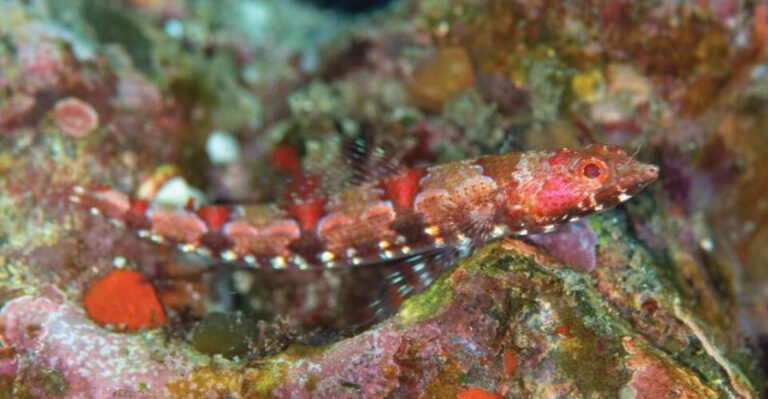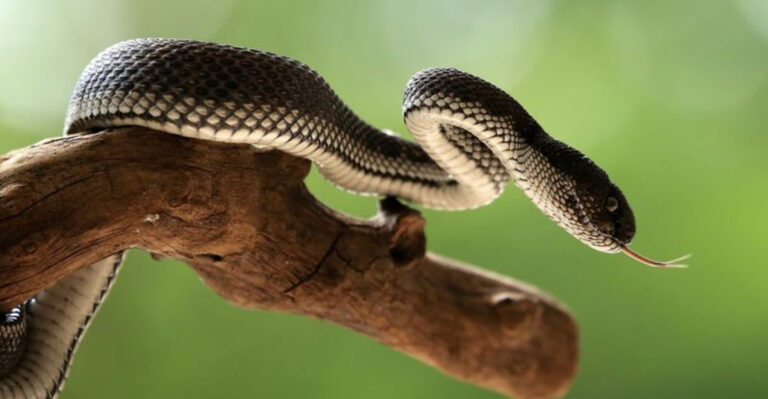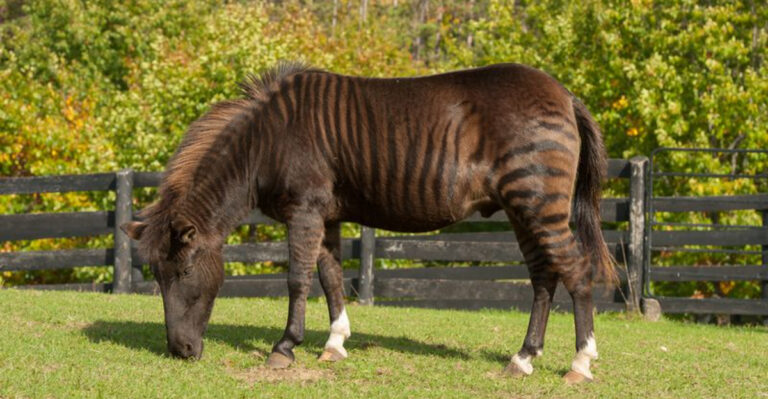13 Animals With Extra Eyes And The Amazing Ways They See The World
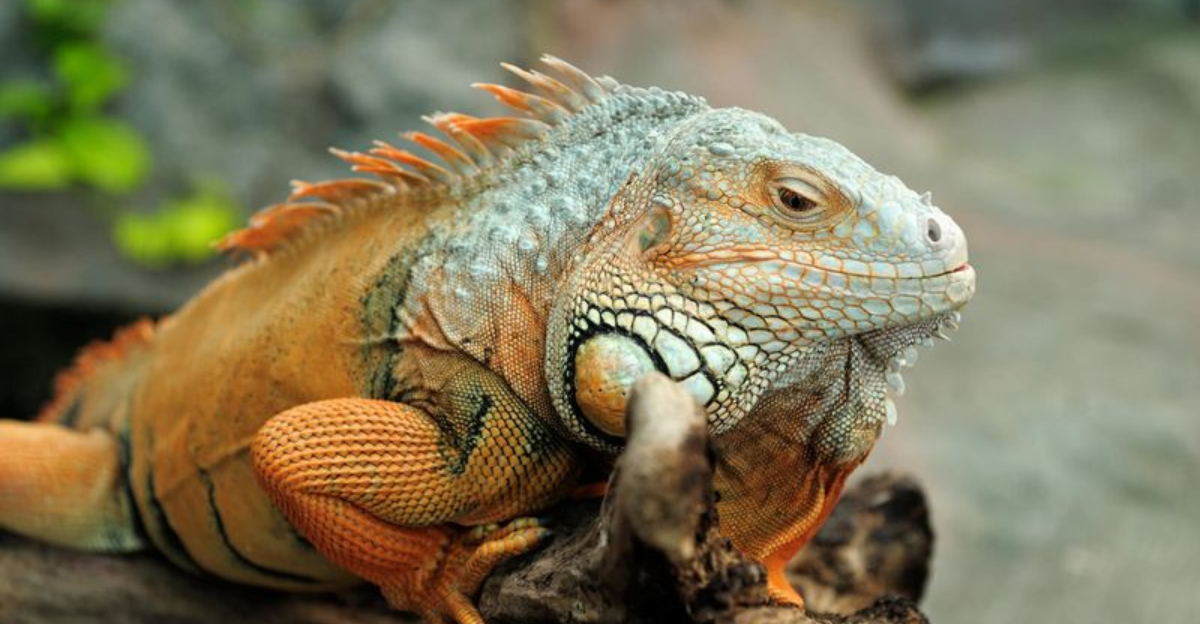
What if you had more than two eyes? In the animal kingdom, some species boast extra eyes that grant them unique abilities to navigate, hunt, and survive in their environments.
These creatures utilize their extraordinary vision to see the world in ways that humans can only imagine.
1. Bee
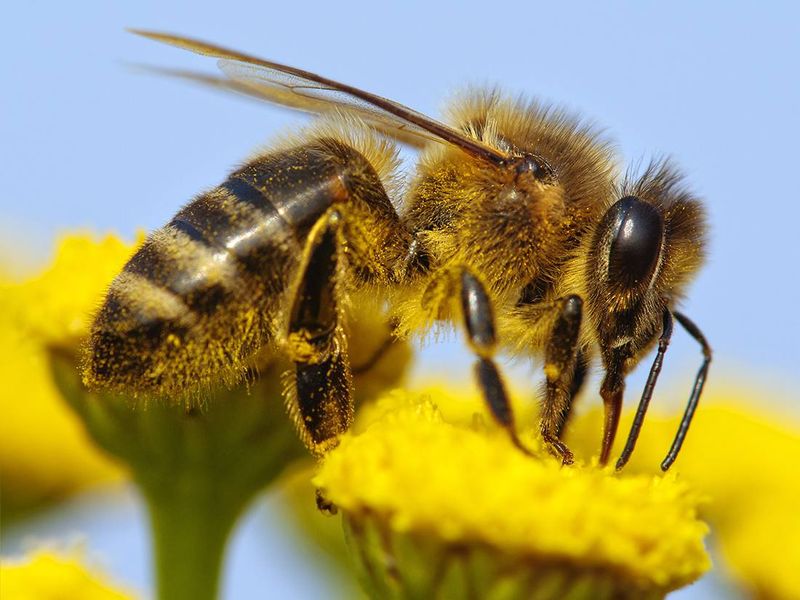
The world through a bee’s eyes is a mosaic of patterns and colors. Equipped with two large compound eyes and three smaller ocelli, bees are expert navigators.
Compound eyes allow them to detect intricate patterns, while ocelli help them sense light intensity. This combination is key in their search for nectar and pollen.
Whether in a bustling garden or a quiet meadow, a bee’s visual system is finely tuned to its floral targets. Such a setup is essential for their survival.
2. Jumping Spider
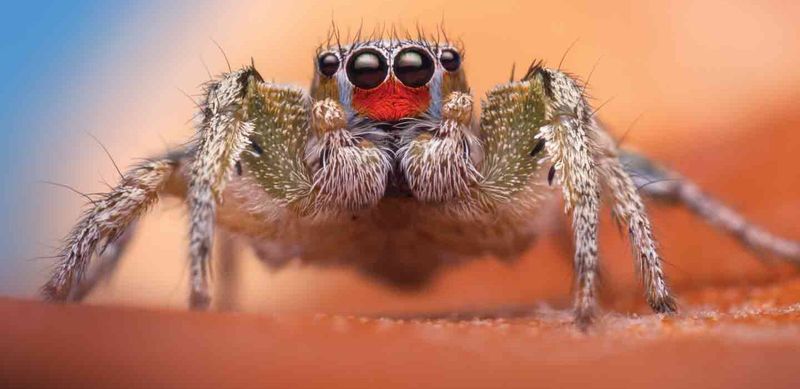
Jumping spiders are the acrobats of the spider world, and their eight eyes are a huge part of the show.
These arachnids have front-facing primary eyes for acute vision, perfect for judging distances when leaping towards prey.
The additional eyes help detect motion from all angles, ensuring nothing escapes their notice. When prowling the forest floor, their multi-eyed gaze captures every detail of their surroundings.
This mastery of sight turns them into formidable hunters, despite their small stature.
3. Mantis Shrimp
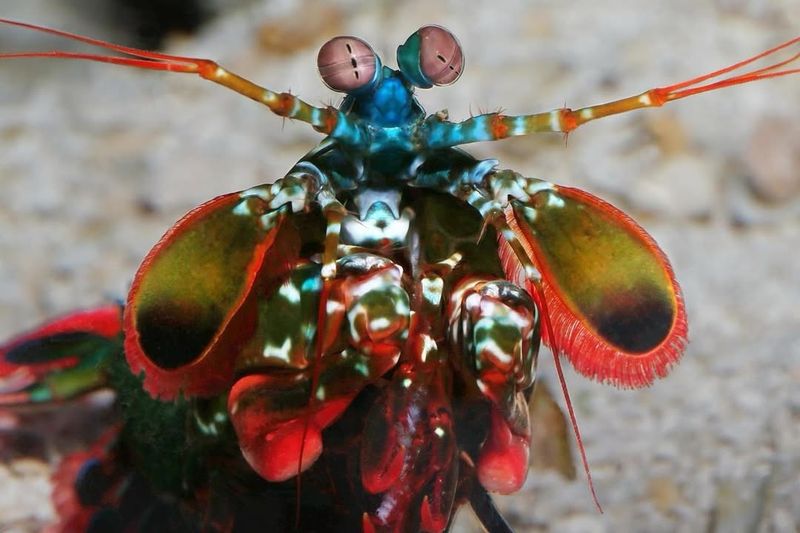
If eyes were superpowers, the mantis shrimp would be a superhero.
With 16 types of photoreceptor cells, these crustaceans can see colors beyond human comprehension. Their eyes move independently, scanning the coral reefs for both prey and predators with exceptional precision.
Inhabiting the vibrant ocean depths, mantis shrimp perceive the world in ultraviolet and polarized light. This unparalleled visual system aids in their survival, turning their underwater realm into a vivid tapestry only they can fully appreciate.
4. Tarantula
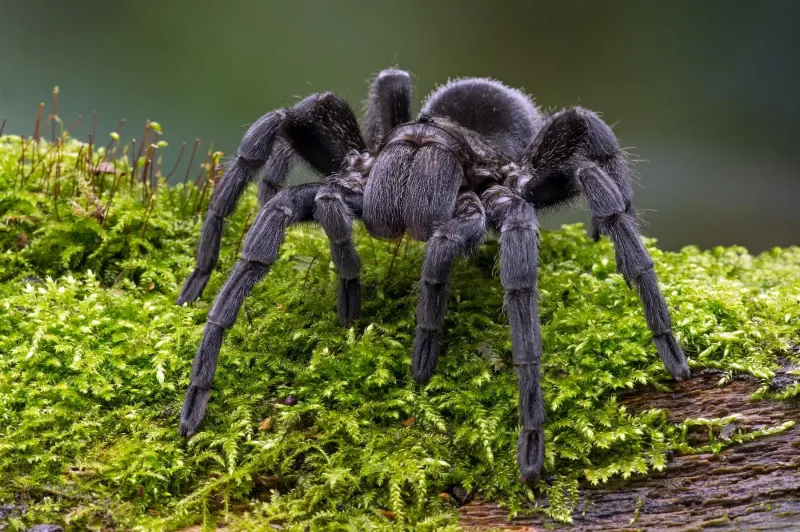
Tarantulas, the hairy giants of the spider world, rely heavily on their eight eyes for survival.
While their eyesight isn’t the sharpest, these spiders compensate with keen sensitivity to vibrations and movement.
This combination allows them to detect unsuspecting prey in the darkness of burrows or under the moonlit sky.
As they lie in wait, tarantulas use their sensory prowess to ambush unsuspecting insects. Their extra eyes provide a wide field of vision, making them effective nocturnal predators.
5. Chiton
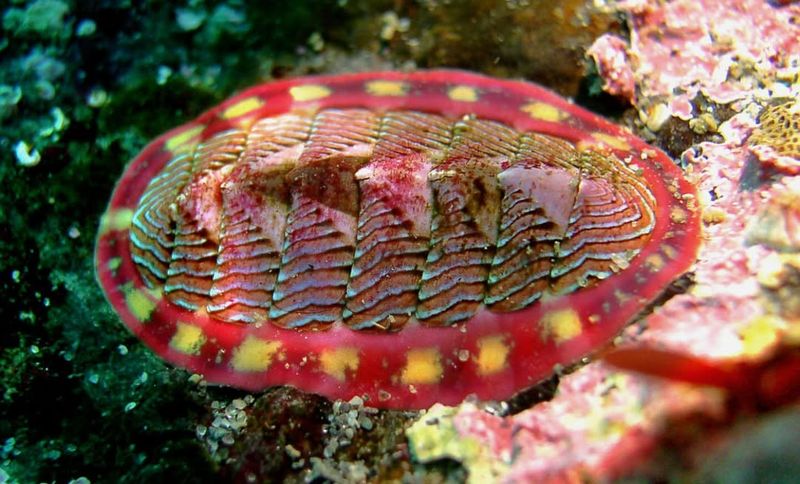
The chiton, a marine mollusk, carries a secret armor of vision on its back. Hundreds of tiny eyes embedded in its shell provide a mosaic-like view of its surroundings.
These minute lenses detect changes in light, serving as an alert system against approaching threats. Living on wave-battered rocks, chitons’ ‘shell-eyes’ help them sense looming predators in the turbulent ocean.
This unique adaptation ensures their survival in the ever-changing marine environment, allowing them to cling safely to their rocky homes.
6. Horseshoe Crab
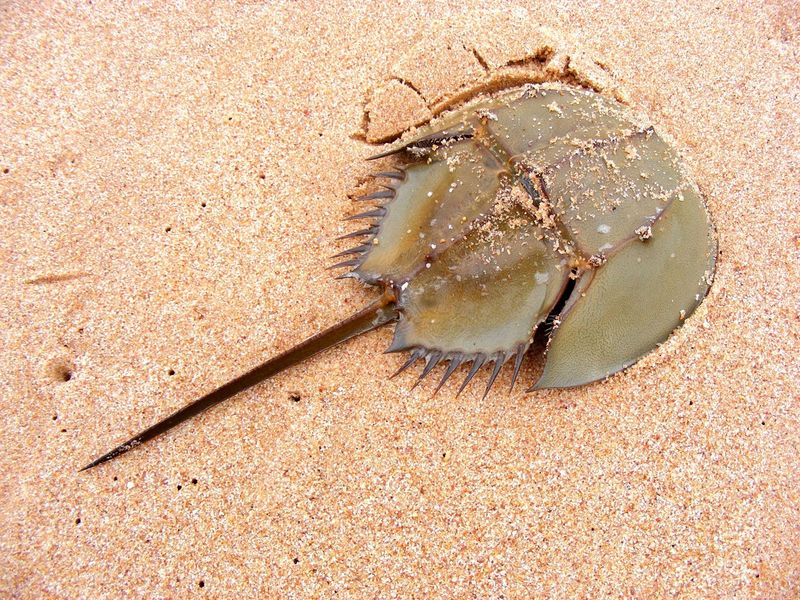
The horseshoe crab’s visual system is a relic of ancient times, yet it thrives with its ten eyes. Two large compound eyes on its carapace and smaller simple eyes around its body provide a panoramic view.
Capable of detecting ultraviolet light, these eyes help them navigate murky coastal waters. This ability aids in locating mates and avoiding predators lurking in the shadows.
As one of the ocean’s most enduring species, their unique visual capabilities are instrumental in their long-term survival.
7. Praying Mantis
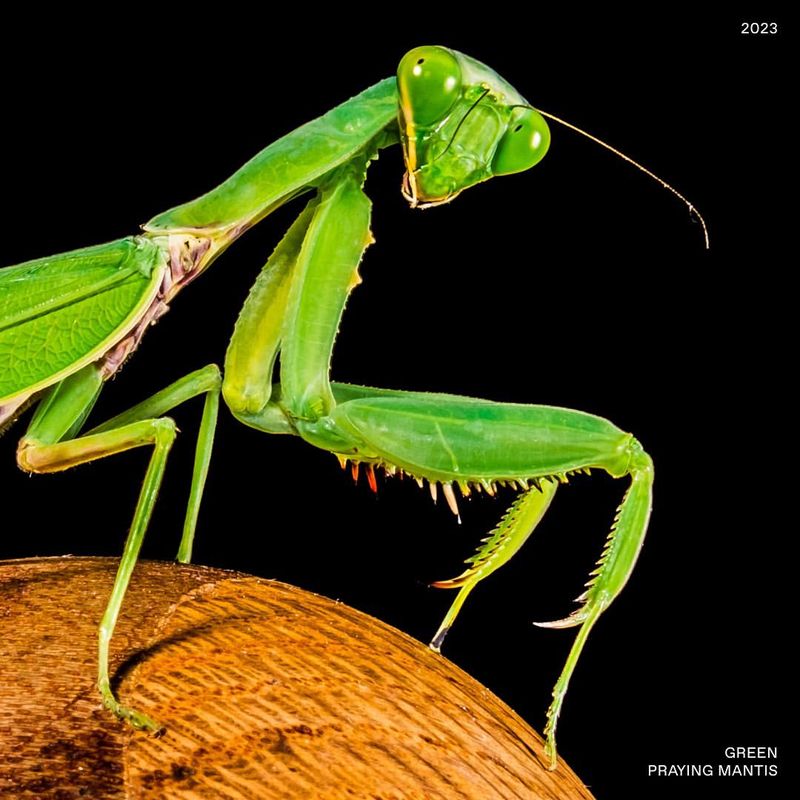
With a head that can turn 180 degrees, the praying mantis is a master of surprise. Its five eyes offer a specialized view, aiming for precision when tracking prey.
The two compound eyes detect movement, while the three simple eyes focus on light intensity.
This visual arsenal equips them for both hunting and defense, catching insects off guard with lightning-fast strikes.
Their extra eyes and head-spinning abilities make them formidable stalkers in the insect world.
8. Ogre-Faced Spider
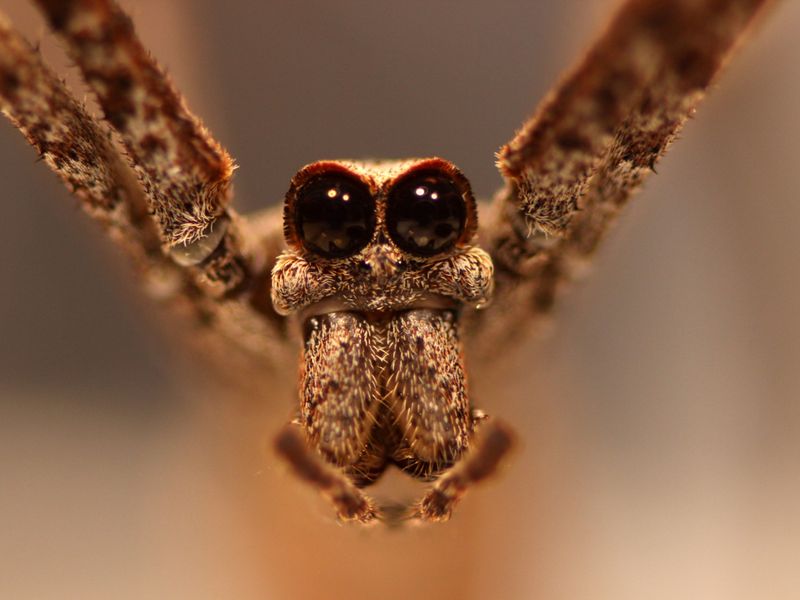
Often lurking in the dark, the ogre-faced spider has a visual system suited for nocturnal hunting.
Its large, forward-facing eyes capture the faintest glimmers of light, transforming night into day. These spiders spin webs and hang upside down, waiting to drop over unsuspecting prey.
With a gaze that pierces the darkness, they can detect minute movements. Their eyes’ ability to amplify low light conditions allows them to thrive in dim forest environments, making them skilled nighttime predators.
9. Box Jellyfish
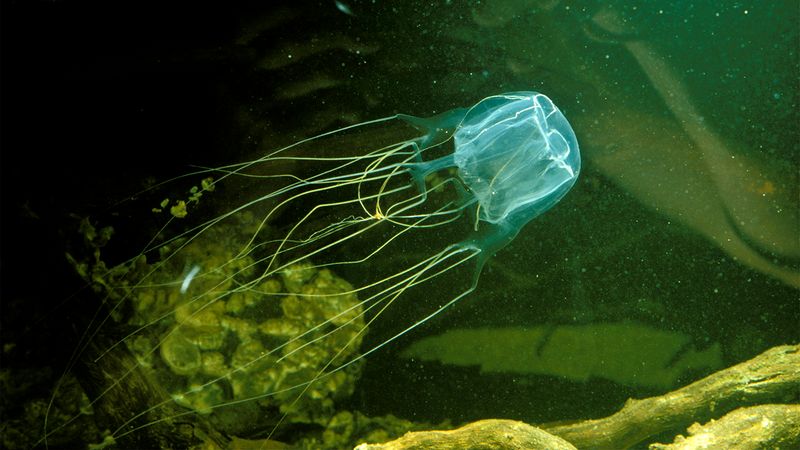
Floating through tropical waters, the box jellyfish might look simple, but its vision is anything but.
With 24 eyes, some capable of forming images, this jelly navigates and hunts with precision. Positioned on its bell, the eyes provide a full-circle view, detecting obstacles and prey.
The unique setup allows them to swim efficiently and avoid threats. Their complex vision, combined with potent venom, makes them both a marvel and a menace of the sea. Such adaptations ensure their survival.
10. Sunburst Diving Beetle
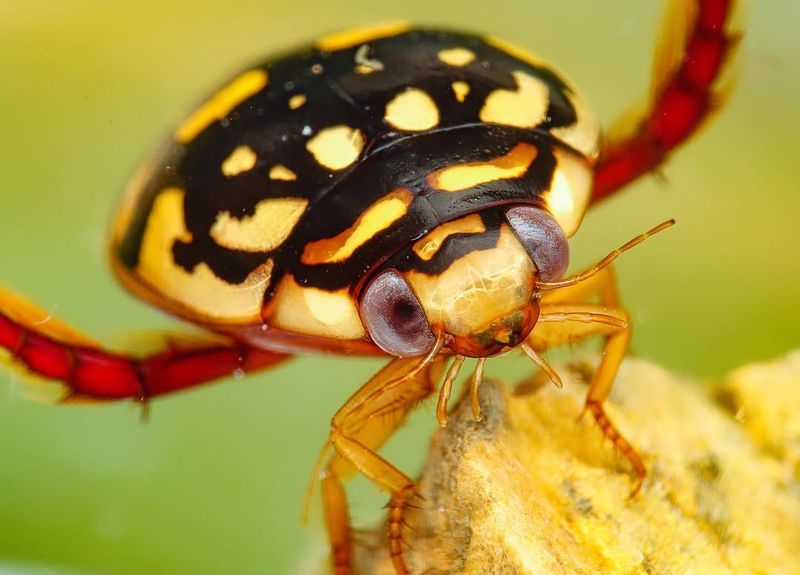
As larvae, the sunburst diving beetle is already an adept predator, armed with twelve eyes. These eyes help it navigate murky waters, zeroing in on multiple prey targets simultaneously.
Their ability to perceive depth and movement ensures they rarely miss a meal. Living in ponds and slow-moving streams, these beetles use their specialized vision to hunt efficiently.
Whether it’s detecting ripples or light changes, their eyes adapt to various aquatic environments, making them formidable young hunters.
11. Four-Eyed Fish
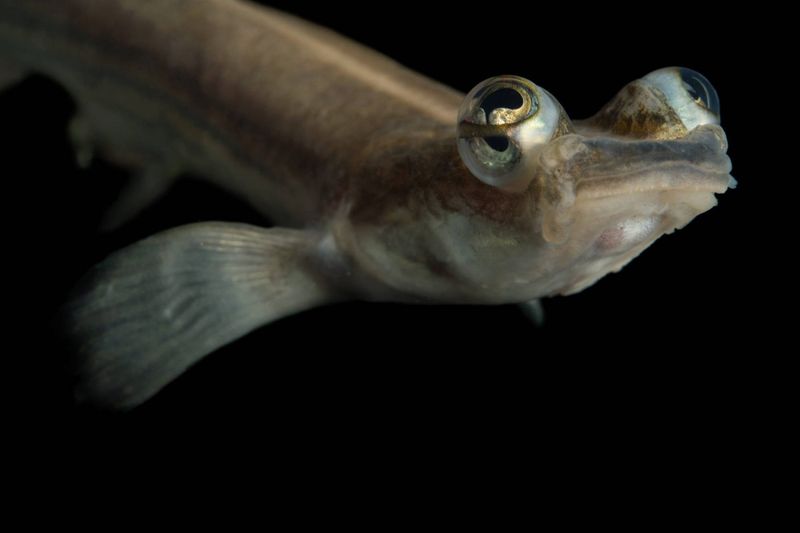
The four-eyed fish is a marvel of adaptation, with eyes that split vision between air and water.
This enables them to simultaneously monitor threats above and below the surface. Their unique ocular structure acts like bifocals, allowing them to hunt insects and evade underwater predators.
As they glide along the water surface, these fish use their dual-purpose gaze to thrive in environments where danger lurks both in the sky and beneath the waves. Such a setup keeps them alert and agile.
12. Scallop

Scallops are more than just a shellfish delicacy; they’re a marvel of visual sophistication. With up to 200 tiny eyes lining their shells, these bivalves detect movement and changes in light.
This sensory net keeps them alert to potential dangers lurking in the ocean depths. Whether sensing shadows of predators or currents bringing nutrients, their eyes are ever-watchful.
Such intricate vision systems provide scallops a higher chance of survival, in a world where being caught unaware could be fatal.
13. Iguana
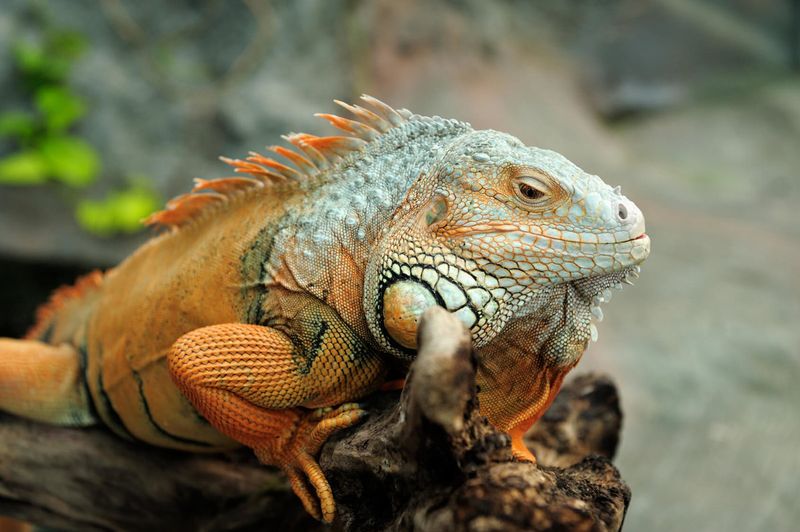
When lounging under the sun, iguanas have more on their minds than just soaking up rays. They possess a third eye atop their heads, the parietal eye, which is sensitive to light changes.
This ‘eye’ doesn’t provide detailed images but serves as a sentinel against aerial predators. As iguanas bask, their parietal eye detects shadows and shifts, alerting them to potential threats.
This evolutionary trait helps them remain vigilant, ensuring their sunbathing sessions aren’t rudely interrupted by danger.


